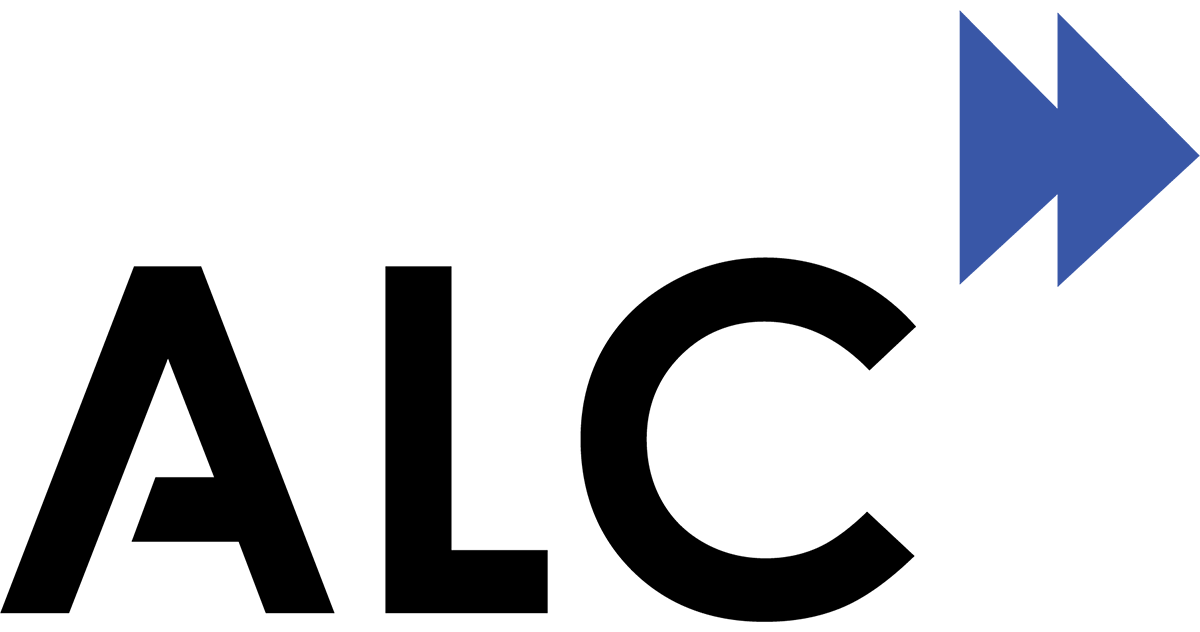Every year, NASA hosts an App Development Challenge (ADC) that is focused on getting middle and high school students excited about programming, technology, and space exploration. For this year’s challenge, teams were given 10 weeks to create an application that visualizes the flight path of Artemis II, while indicating which of NASA's antennas are available to communicate with Earth in real-time. The top teams from the challenge will have an opportunity to present their app to a team of Subject Matter Experts at NASA, as well as being invited to the Johnson Space Center in Houston as part of the culminating event in April 2025.
We decided to take on the challenge in our capstone programming class at the ALC. The students were split into 3 teams to tackle the challenge: the Coding Team, the Outreach Team, and the Historian team.
Coding Team: The coding team was responsible for programming the flight path and antenna visualization. Since the students were most familiar with Python, they discovered Ursina, a game engine that runs on the Python programming language. Using Ursina, they were able to create entities that represented the earth, moon, antennas, and overall flight path.
Outreach Team: The outreach team was responsible for contacting local organizations and universities to find mentors. Students contacted professors at UVU and BYU who were very encouraging and gave constructive feedback to our application. Incorporating their feedback was crucial to the success of our application.
Historian Team: The historian team was responsible for documenting the whole process from start to finish. Students took notes of brainstorming sessions, problems that we encountered, and the steps we took to solve those problems.
Once the application was up and running, the students produced a video to showcase their work. They enjoyed writing a script that included an introduction, an app demonstration, interviews, and a conclusion. The historian team worked diligently to edit and merge the video clips in time to meet the submission deadline. A link to the final video can be found below:
This project was entirely student-led from beginning to end. The students took the initiative to email professors, research Ursina and other advanced programming concepts, and independently created and edited the video. We are proud of their efforts and accomplishments!
We enjoyed working on the application and hope to be invited to the Johnson Space Center in April 2025!





